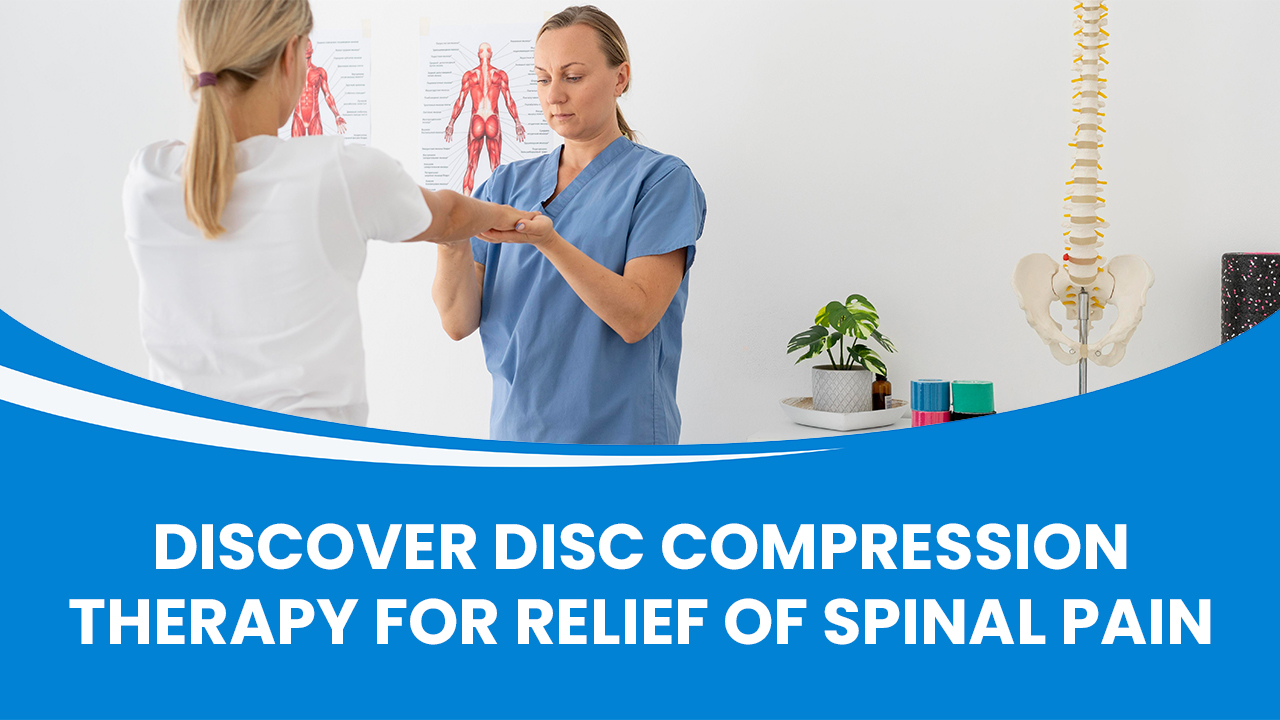
Conclusion:
In the complex landscape of disc compression therapy for relief management, empowering patients with knowledge about available treatment options is paramount. The journey begins with understanding the condition itself: lumbar disk herniation occurs when the soft inner core of a spinal disk protrudes through the tough outer layer, leading to nerve compression and debilitating symptoms. Recognizing the importance of treatment goes beyond just alleviating pain; it encompasses restoring functionality and preventing long-term complications that can significantly impact quality of life.
Fortunately, a spectrum of disc compression therapy for relief treatment options exists, catering to the diverse needs and preferences of individuals facing lumbar disk herniation. Non-surgical approaches, including rest, physical therapy, and medications such as NSAIDs and muscle relaxants, offer effective means of symptom disc compression therapy for relief management for many patients. These strategies aim to strengthen supportive muscles, improve flexibility, and alleviate pain, enhancing mobility and preventing future episodes of herniation.
For those exploring more intensive interventions, surgical procedures like microdiscectomy, laminectomy, and spinal fusion provide viable options. However, the decision to undergo surgery should be carefully considered, weighing the potential risks against the anticipated benefits. It’s essential for healthcare providers to evaluate each case individually, considering factors such as persistent symptoms and significant neurological deficits, to determine the necessity of surgical intervention.
As the field of spinal care continues to evolve, emerging trends and research are shedding light on innovative treatment modalities. Minimally invasive procedures like disc compression therapy for relief offer promising alternatives for individuals seeking relief from lumbar disk herniation without the need for surgery. By harnessing advanced techniques and technologies, healthcare providers can deliver more tailored and elegant solutions, ensuring swift and robust recovery for patients.
Post-treatment care plays a crucial role in the overall management of lumbar disk herniation. Rehabilitation exercises, pain management strategies, and regular follow-up appointments are essential components of comprehensive care plans. Through diligent monitoring and proactive intervention, healthcare providers can address any complications or recurring symptoms, promoting long-term wellness and optimizing patient outcomes.
In conclusion, navigating the complexities of disc compression therapy for relief requires a collaborative approach between patients and healthcare providers. By harnessing the available treatment options, including both non-surgical and surgical interventions, individuals can embark on a path towards recovery tailored to their unique needs and preferences. With a commitment to personalized care and ongoing innovation, the journey towards alleviating the burden of decompression treatment near me continues, empowering patients to reclaim their health and vitality.










